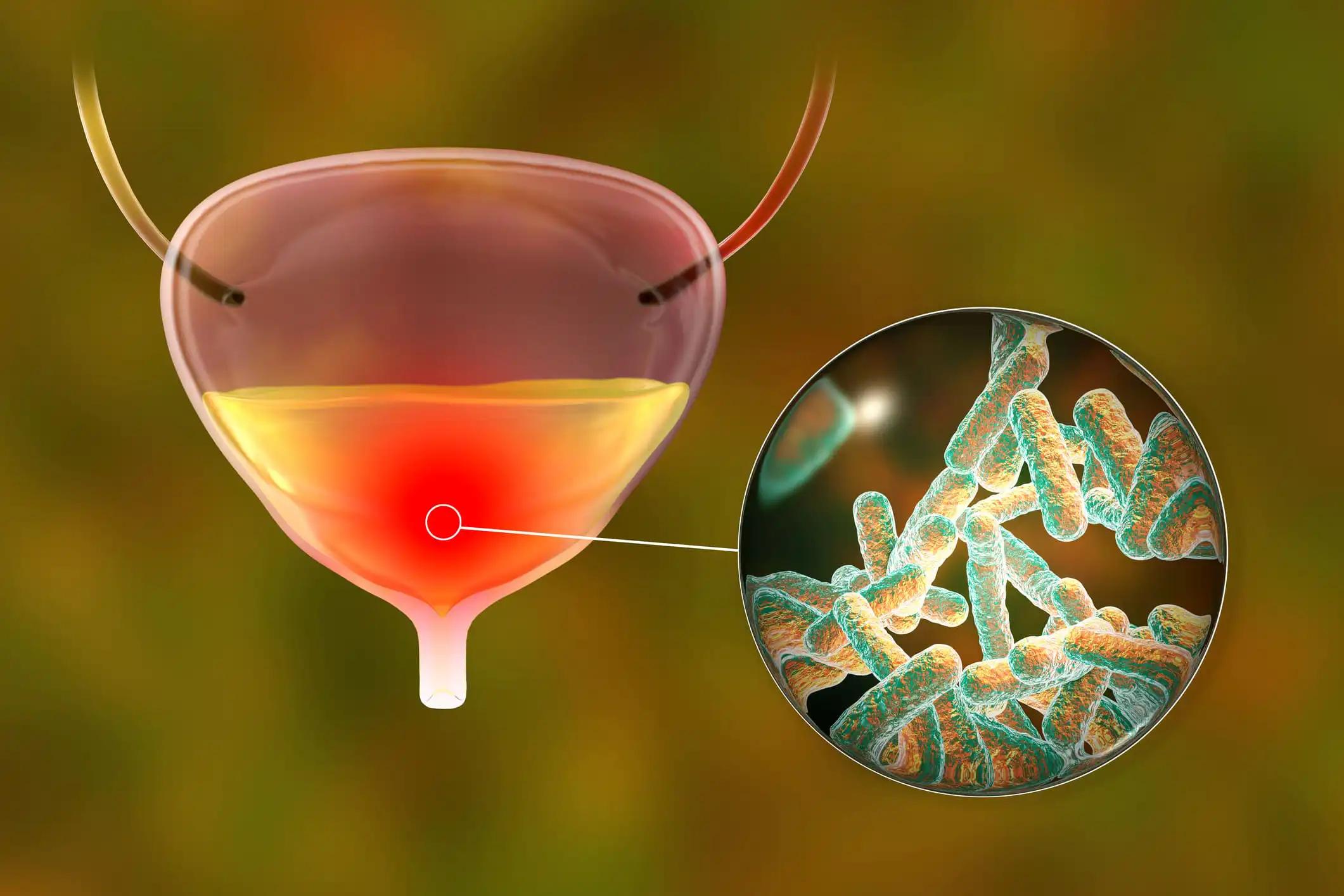KEY TAKEAWAYS
- The RAD-VACCINE phase 2 trial aimed to provide an update on neoadjuvant sasanlimab and SBRT as an in-situ vaccine for MIBC.
- The primary objectives are safety, feasibility, and pCR. The trial is ongoing.
Raj Satkunasivam and the team conducted a study that aimed to assess the safety and efficacy of combining neoadjuvant immunotherapy with targeted radiation to the primary tumor, aiming to enhance local control and reduce distant recurrence in cisplatin-ineligible patients with muscle-invasive bladder cancer (MIBC).
The study hypothesized that combining immune checkpoint inhibitor (ICI) + stereotactic body radiation therapy (SBRT) treatment would be safe and feasible and enhance pathologic complete response (pCR) rates compared to existing ICI monotherapy or platinum-based chemotherapy data.
The method involves exploring neoadjuvant ICI therapy, particularly PD1/L1 inhibitors, preceding radical cystectomy in MIBC. Historically, neoadjuvant cisplatin-based combination chemotherapy has shown approximately 40% pCR rates.
Conversely, recent observations indicated pCR rates of 25 – 40% with neoadjuvant PD1/L1 inhibitor monotherapy. Sasanlimab (PF-06801591), a humanized IgG monoclonal antibody targeting PD-1, has phase 1 data and ongoing phase 3 trials in early-stage urothelial carcinoma.
In addition, in situ vaccination using radiation therapy may enhance T-cell responses to tumor-specific antigens via immunogenic cell death. Notably, neoadjuvant SBRT + ICI has improved complete response rates in non-small cell lung cancer (NSCLC).
This is a phase II investigator-initiated, single-institution, prospective, open-label trial of neoadjuvant systemic sasanlimab in combination with SBRT for cisplatin-ineligible patients or those refusing cisplatin-based chemotherapy with MIBC before radical cystectomy.
Eligible patients will receive sasanlimab 300 mg subcutaneously on Day 1 of Cycle 1, followed by another injection on Day 1 of Cycle 2 concurrently with SBRT 24 Gy administered in 8 Gy fractions. Radical cystectomy will be planned 1–2 weeks later.
The primary study objectives revolve around evaluating the safety, feasibility, and pCR rate of combined ICI and SBRT treatment in patients with MIBC.
Firstly, the study seeks to determine the safety and feasibility of combining sasanlimab and SBRT. This will be assessed based on a composite outcome after treating 10 patients. Criteria include receiving at least 1 of 2 planned doses of sasanlimab, receiving at least 2 of 3 fractions of SBRT, and undergoing radical cystectomy within 14 days of completing therapy (after the end of cycle 2).
Patients must also not experience any of the following Common Terminology Criteria for Adverse Events (CTCAE) toxicities up to 4 weeks after completing radical cystectomy, such as hematologic toxicity ≥ Grade 4, non-hematologic toxicity ≥ Grade 3, or non-hematologic toxicity ≥ Grade 2 lasting >1 week (except for alopecia, emesis, and laboratory abnormalities).
The study expects a total enrollment of 33 participants. Enrollment began on February 15, 2022, with the first patient enrolled on March 30, 2022. The projected primary study completion date is January 2025.
The trial is sponsored by The Methodist Hospital Research Institute.
Source: https://scientific-programme.uroweb.org/EAU24/programme
Clinical Trial: https://clinicaltrials.gov/study/NCT05241340
Satkunasivam R, Teh BS, Riveros C, et al. (2024). “A phase II clinical trial of neoadjuvant sasanlimab and stereotactic body radiation therapy as an in situ vaccine for cisplatin ineligible muscle invasive bladder cancer.” Presented at EAU 2024



